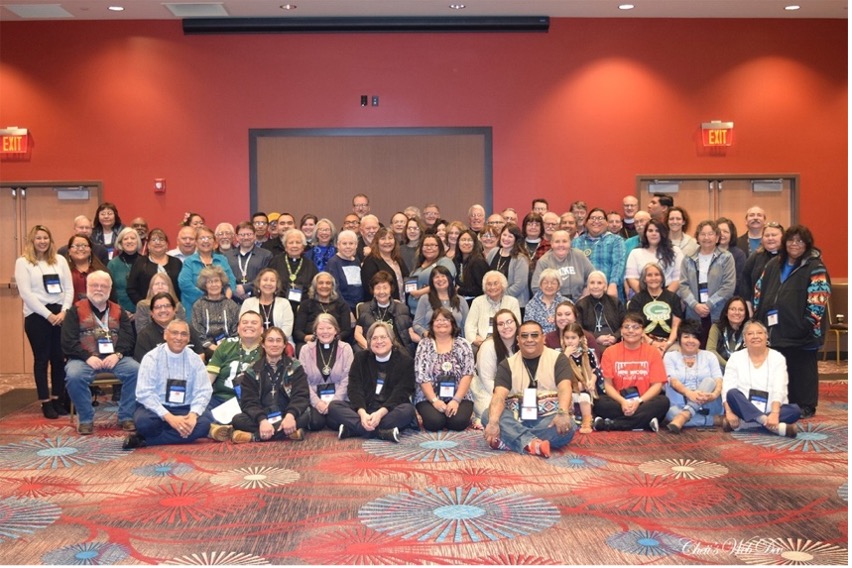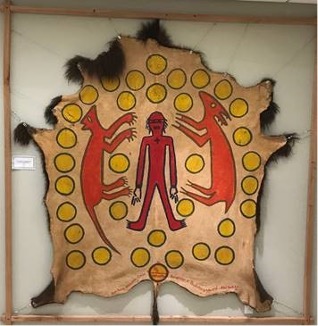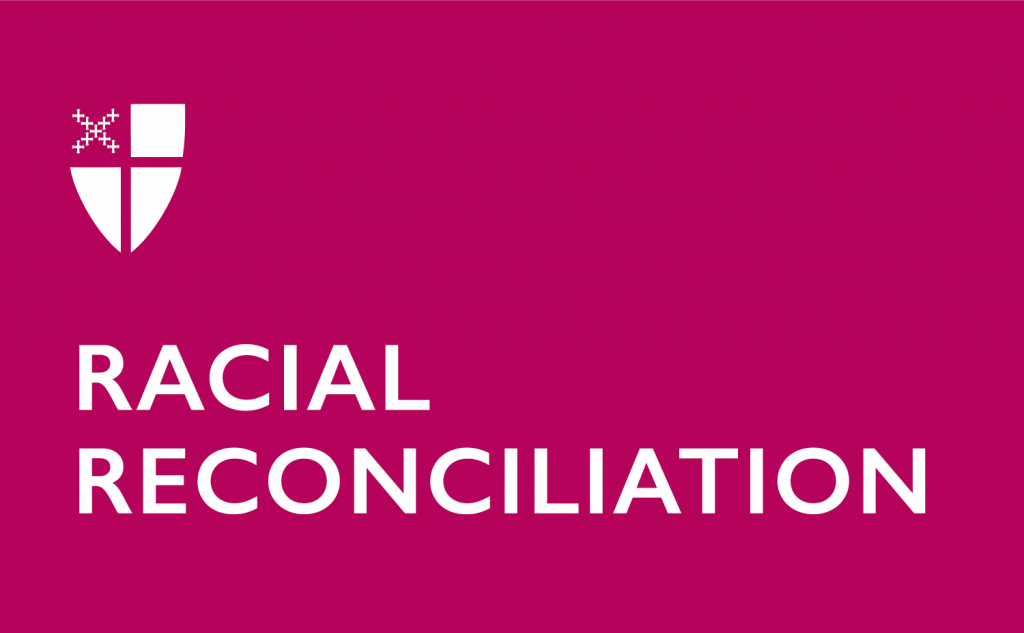Sharing Sacred Teachings to Heal Mother Earth
By Mary Crist

This is the time for us to hear the voices of Indigenous Episcopalians in order to heal the Mother Earth and her people. Indigenous peoples and Episcopalians have a long history together. Our sacred ways are related.
The relationship between The Episcopal Church and Indigenous people in North America began over 400 years ago. The first contact was in 1579 when the chaplains to Sir Francis Drake met and interacted with Indigenous people on the West Coast. The earliest intentional Episcopal Church missions to the Native Americans occurred under the direction of Bishop John Henry Hobart, who began missionary outreach in the early 19th century to the Oneida Indians of New York. The first Indigenous Episcopal priest, Enmegahbowh, was ordained in 1867. This was 57 years before his people could become American citizens.
Historians have documented the tragic events resulting from colonization. We were forced to forfeit the very lands that form our sacred connection to Creator, even though some of our people had occupied these lands for more than 30,000 years in North America and 65,000 years in Australia (learn more of this history). Our ancestors were systematically removed and relocated from their birthplaces. Their children were forcibly removed from their homes and sent to Indigenous boarding schools. Extraordinary assimilation efforts were undertaken to discredit and destroy Indigenous culture and spiritual beliefs and practices. Not until 1978 did Congress pass the American Indian Religious Freedom Act (AIRFA), restoring religious freedom to our people. (Learn more)

What sustained Indigenous people through this genocide? It was the strength of our faith in Creator, particularly the belief that all things made by Creator are connected, and that we are all related. Our world is organized as a circle in which no one is higher than another, and all are dependent upon one another. Humans learn from one another, just as we learn from observing plants and animals, the stars, the oceans, and the land itself.
Land is sacred to our faith because it was made by Creator for us to share with one another. It is not to be dominated or abused, but to be nurtured. It is not to be sold or exploited, but to be shared. We do not see the earth as a storehouse of riches to be used until they are gone, or even riches to be used sparingly or to be saved, but we see ourselves as part of the riches. We do not have a word for “sin” in our languages, but we believe that if we do not care for the earth and for one another, then we fall out of balance and out of relationship with Creator.
In his 1854 response to an offer from the “Great White Chief” in Washington to buy a large area of Native land with the promise for a “reservation” for the people, Chief Seattle says:
Man did not weave the web of life: he is merely a strand in it. Whatever he does to the web, he does to himself. Even the white man, whose God walks and talks with him as friend to friend, cannot be exempt from the common destiny. We may be brothers after all. We shall see. One thing we know, which the white man may one day discover, our God is the same God. You may think now that you own Him as you wish to own our land; but you cannot. He is the God of man, and His compassion is equal for the red man and the white. This earth is precious to Him, and to harm the earth is to heap contempt on its Creator.
This is a critical time for Mother Earth and for all the creation itself. Beauty is found in living a life that is in balance with all the things of the earth, and therefore, with the earth itself. By caring for one another, as Jesus teaches, we can restore the beloved community.
The Rev. Canon Mary Crist, Ed.D., is the coordinator for Indigenous Theological Education for The Episcopal Church. Enrolled in the Blackfeet Nation in Montana, she is a priest in the Episcopal Diocese of Los Angeles, a former university professor and dean, and a visiting professor for Bexley Seabury Seminary.

